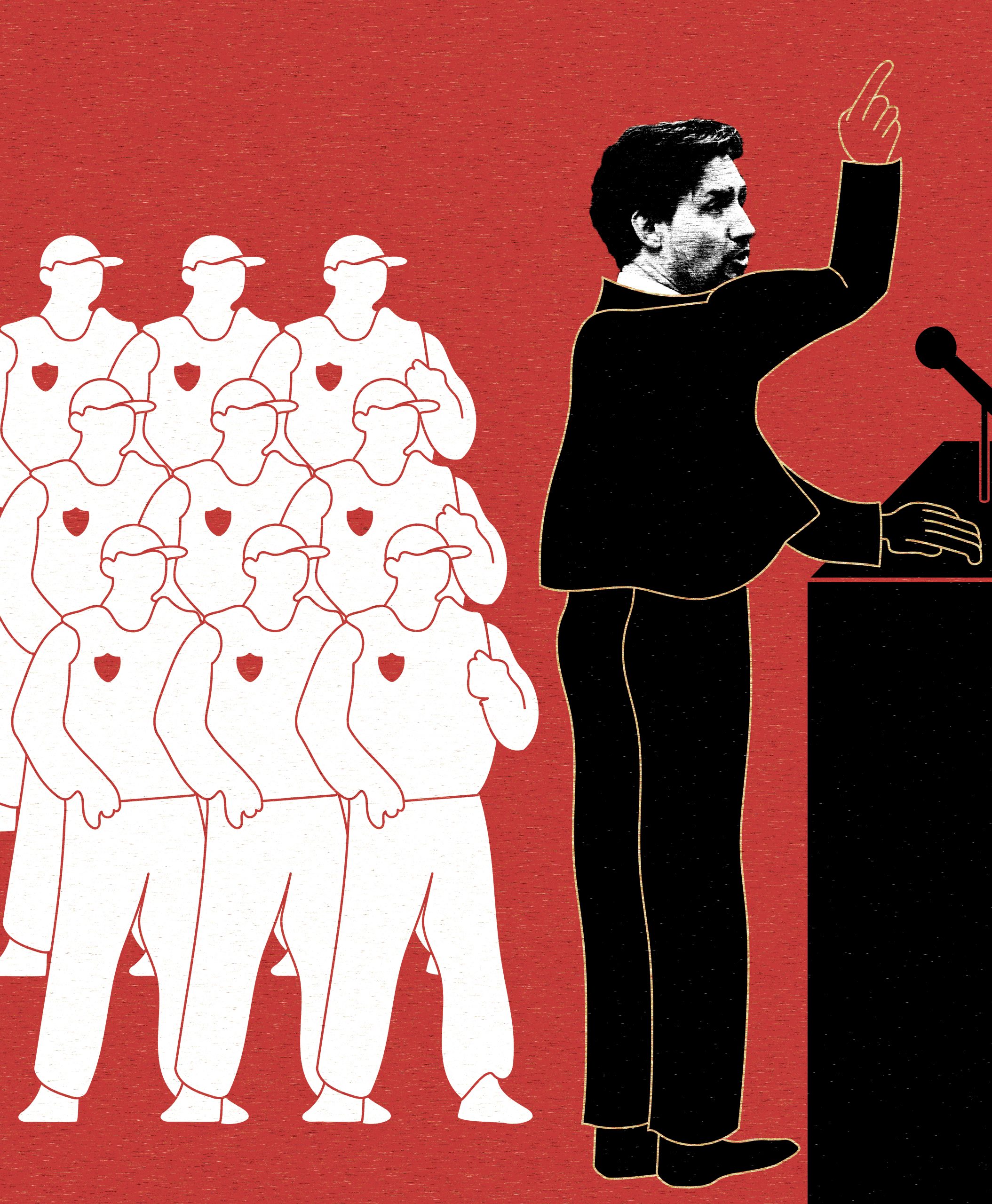The fight for Indigenous policing to be recognized as “essential”
On Sept. 23, in his Speech from the Throne, Prime Minister Justin Trudeau painted an optimistic and valiant picture of the country and how it is to be run in the next few years. He talked about a lot of things that Canadians love to hear: the government is supporting families, workers, small businesses, advancing scientific research for a vaccine, and saving orphaned kittens along the way.
This isn’t to say Canada isn’t doing well considering the circumstances. I can’t complain about the way the COVID-19 crisis has been handled, but one point many felt was majorly glossed over was that of racism and policing.
The polemical debate about the structure of our existing police system erupted over the summer, as the killing of George Floyd in Minneapolis rekindled the Black Lives Matter movement. Despite the suggestion of sweeping reforms, many felt that the problem of discrimination in Canadian law enforcement could only be resolved by defunding it and focusing on local initiatives to prevent crime.
In fact, in late July, it was reported that 51 per cent of Canadians supported defunding, a figure that the Prime Minister was careful to omit as he proposed to “modernize training” and “move forward on RCMP reforms.”
Among the maelstrom of voices criticizing our current policing structure, I have heard few who took the time to be alarmed by the Prime Minister’s last point: “Accelerate work to co-develop a legislative framework for First Nations policing as an essential service.”
Ever since the 1991 approval of the First Nations Policing Program (FNPP), the legislation granting Indigenous people their own police forces, it has never been granted the status of essential service. This is ironic because non-Indigenous police forces, considered essential, are allocated between eight and 29 per cent of their cities’ annual budgets. Meanwhile, Indigenous police forces’ budgets are considered negotiable because of their status as simply a government program.
Year after year, demands for proper funding to procure equipment that follows basic legal safety requirements and to run an adequately-sized police force have fallen on deaf ears. Between 2006 and 2017, the FNPP’s allocated budget stagnated, even though inflation made the Canadian dollar grow by 18.85 per cent.
A 2015 Public Safety Canada report noted that, of the 58 police forces created in 1992, 20 have disbanded — a 34 per cent failure rate for this program, most of them within their first decade in service. On average, the failed police forces had only five officers overseeing about 1,700 people, with a budget of roughly $0.7 million each.
Because the FNPP isn’t an essential service, the federal government has never implemented a reliable way to provide local police forces with the funds they needed. A lack of oversight and monitoring of Indigenous police has manifested into inconsistent payments and absent support, particularly for urban Indigenous populations, who are still subjected to metropolitan police officers’ racial biases.
These factors have been able to thwart the operations of Indigenous police, exacerbating the persisting crisis of missing and murdered Indigenous women. Despite their best efforts, officers are often overwhelmed and burnt out, and aren’t given the resources to suitably investigate serious cases like the rampant disappearances.
Many have denounced the FNPP as a structure that was “set up to fail”; the truth is, our antagonistic system of law enforcement has always neglected Indigenous issues, and the Canadian public’s nonchalance towards First Nations has also contributed to their continued deficiencies. And with Indigenous people being 10 times more likely to be killed by police than white Canadians, providing communities with a racially and culturally sensitive police force is a question of life or death.
What happened to the “Truth and Reconciliation” we were promised throughout the past electoral campaigns? Eloquence and prudent remarks can only do so much, Mr. Trudeau. It’s time to put your money where your mouth is.
Graphic by Lily Cowper
